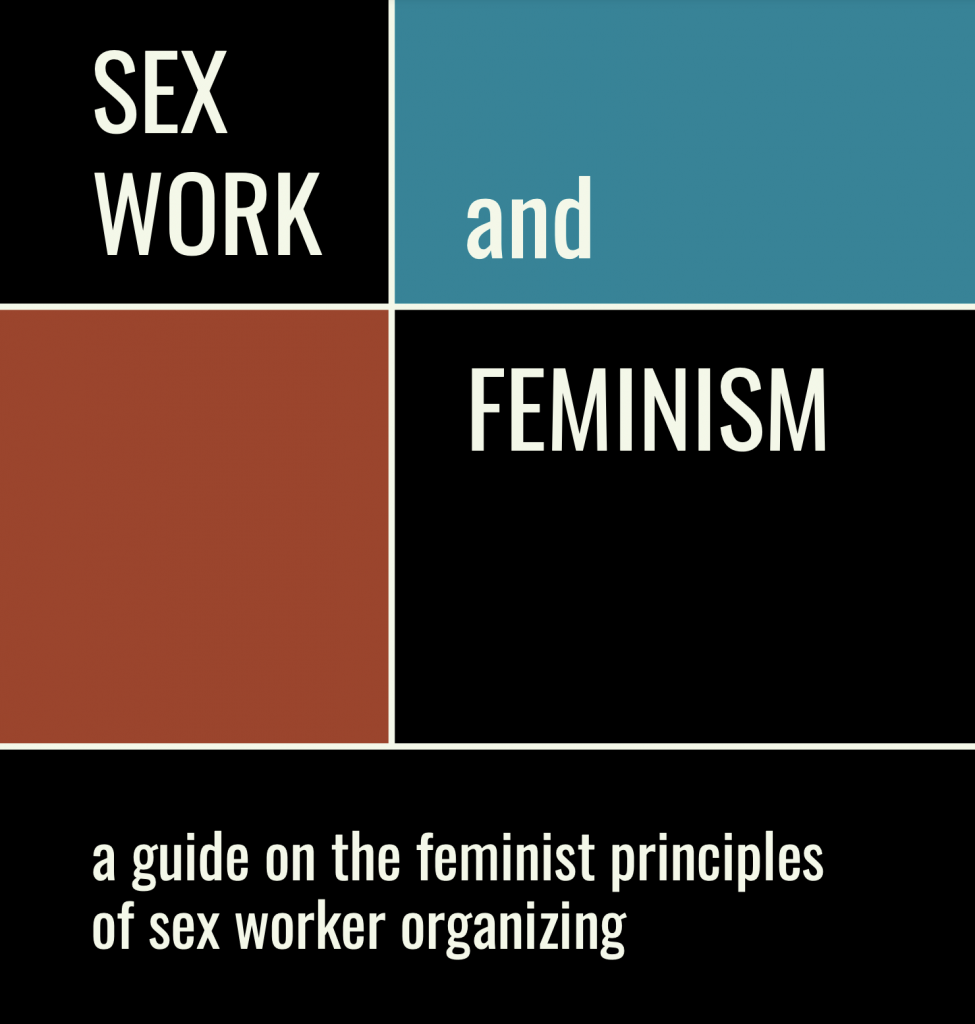The last decade saw increasing attacks against sex worker communities globally, not only from governments and political actors but also from abolitionist feminist activists. While governments chose to tackle “the issue of prostitution” through punitive, rather than social measures by directly criminalizing sex workers, or indirectly punishing them by offences of drug use and possession, homelessness, hooliganism or vagrancy, abolitionist feminists mobilized and lobbied for the introduction of the criminalization of clients (also known as the Swedish Model). This model criminalizes the purchase of sexual services, at the same time it pushes sex workers into clandestine working environments, exposing them to health risks and violence.
In Central-Eastern Europe and Central Asia (CEECA), similar abolitionist proposals so far have not reached legislative levels, but public debates surrounding sex work have intensified. In the region, abolitionist feminists might not have very close ties to governments (yet), however, they shape public opinion through their platforms and media connections, and frequently (cyber-)bully sex worker rights activists.
In order to prepare its membership for potential abolitionist campaigns, the Sex Workers’ Rights Advocacy Network (SWAN) initiated conversations with its members on topics related to sex work and feminism. SWAN organized several physical and online workshops, where sex workers had the chance to reflect on their relations with women’s rights or feminist groups, to formulate counter-arguments to anti-sex work narratives, and to learn more about the feminist movement(s) and their cooperation with sex-worker led initiatives beyond and within the CEECA region.
This brief document is the result of these discussions. Its primary aim is to introduce the topic of feminism to sex worker activists, who might not label themselves as such or use feminist terminology due to pejorative connotations of the term in CEECA, but non arguably engage in feminist work. The publication also lists commonly formulated abolitionist arguments that accompany advocacy for the introduction of the Swedish model, and contrasts them with counterarguments from sex workers. Finally, this guide highlights the feminist principles of these sex worker-led collectives and organizations, aiming to help human rights, social justice, and women’s rights activists situate sex workers’ struggles in the wider feminist movement(s).
This publication is available in English and Russian.
